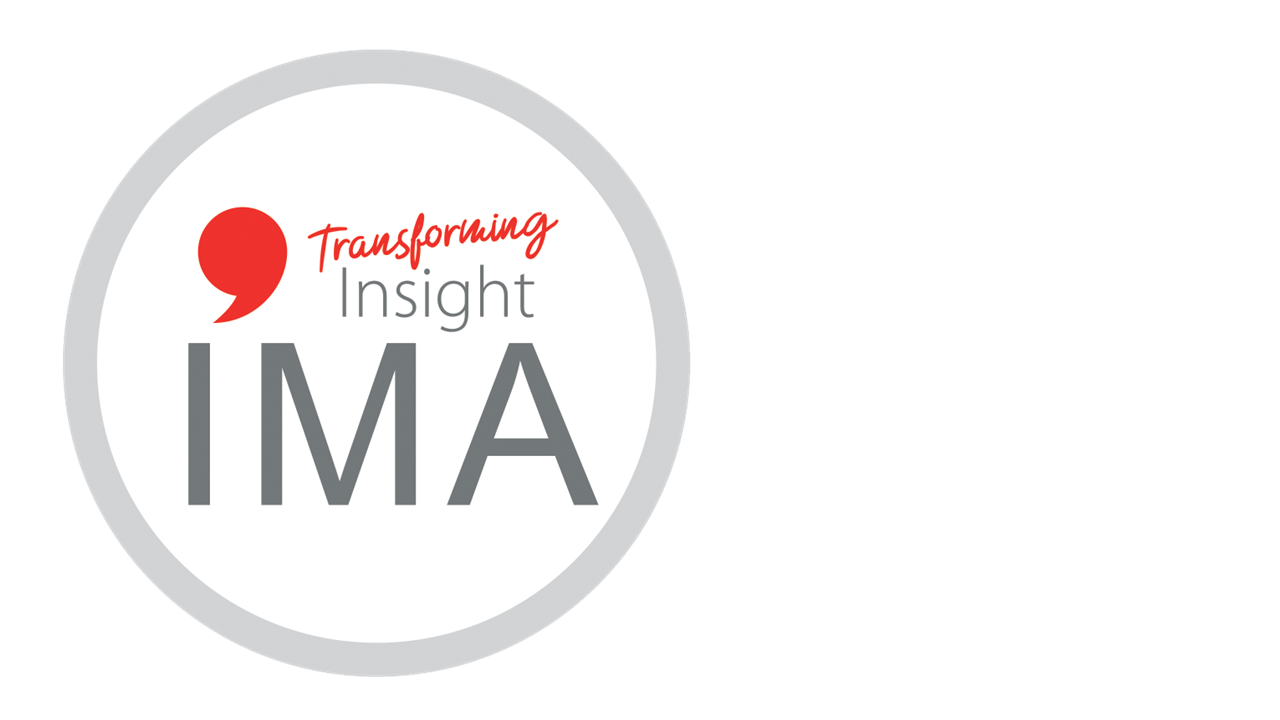
What question do you get asked most often?
Is it about what insight we have on our customers?
Or about the latest insights on our brand?
Or perhaps it’s about insight on the latest consumer trend?
Every organisation has its own hot topics, and every Insight team could compile a list of their most frequently asked questions.
But how often do we ask ourselves about the insight which we have on the audience for our own work – the senior decision-makers in our organisation?
Just like a company needs to understand its customers if it’s going to influence their behaviour, so our Insight teams need to understand our internal customers if we’re going to influence their decisions.
We all tell our organisations to spend more time really understanding customers. How well do we practice what we preach?
Do we really understand decision-makers?
One of the benefits of working in Customer Insight roles is that we often get the chance to develop years of expertise in the tools of our trade. Some of us become expert market researchers, others focus on analysis, others on desk research, competitors, or broader trend monitoring.
But a disadvantage of these years of Insight experience, is that there’s a good chance that we won’t have spent much time in decision-making roles ourselves.
Furthermore, in larger companies we will often be surrounded by other Insight specialists, which is great for sharing technical knowledge and market understanding, but unfortunately it can isolate us from the world of our senior decision-makers.
So let’s take some time out to think about our internal audience, about the world in which they live, about the way they make their decisions, and what it feels like to make those decisions.
Senior directors are working ever longer hours, they are having to sift through unbelievable amounts of information, and they are changing roles more frequently.
Every time they make a decision they are not only taking a business risk that may result in lost sales, revenue or reputation; they are also taking a personal risk with their careers, with colleagues’ perceptions, and with their own sense of success or failure.
In this environment many executives default to consulting trusted advisers from their own departments, or making decisions unduly influenced by their personal, and often narrow, experience. That’s not surprising: we’d do the same thing ourselves.
But if we would like to see ourselves as internal consultants to senior stakeholders, I think we need to demonstrate a lot more empathy with them.
In his famous book The Seven Habits of Highly Effective People, Stephen Covey advises us all to ‘seek first to understand, then to be understood’.
This doesn’t mean abandoning our Insight perspective, or putting aside the passionate opinions we’ve developed based on our insights. But it does mean demonstrating a lot more empathy with our senior colleagues and getting a far better feel for their rational and emotional needs.
Every day we tell our organisations that they cannot influence customer behaviour unless they really understand customers. Let’s see if we can put aside some time this month to really practice what we preach.
If your company has a corporate membership with the IMA, you can now read a new 10-page Insight leader guide on this topic - IMP302: How to understand decision-makers. If your company is not yet a member, please feel free to contact us or look at our membership options.
